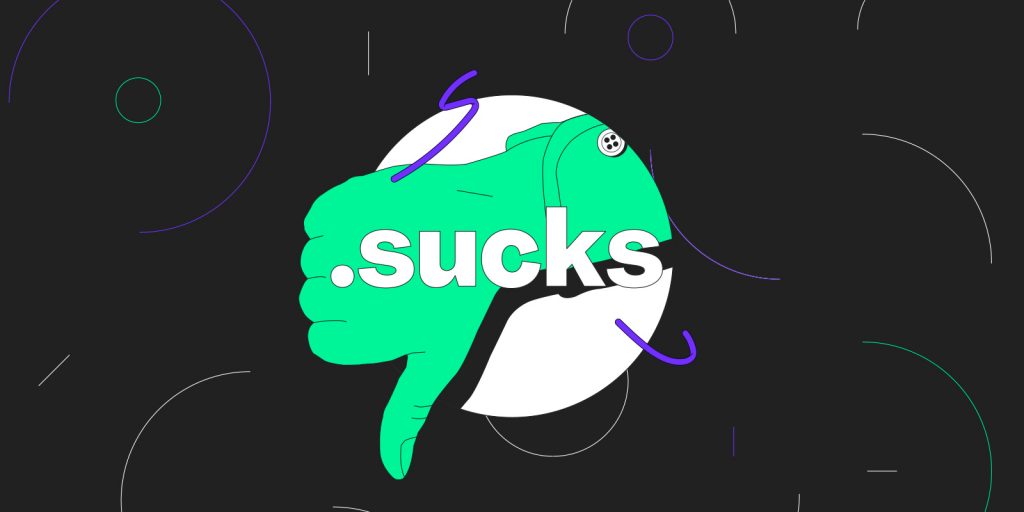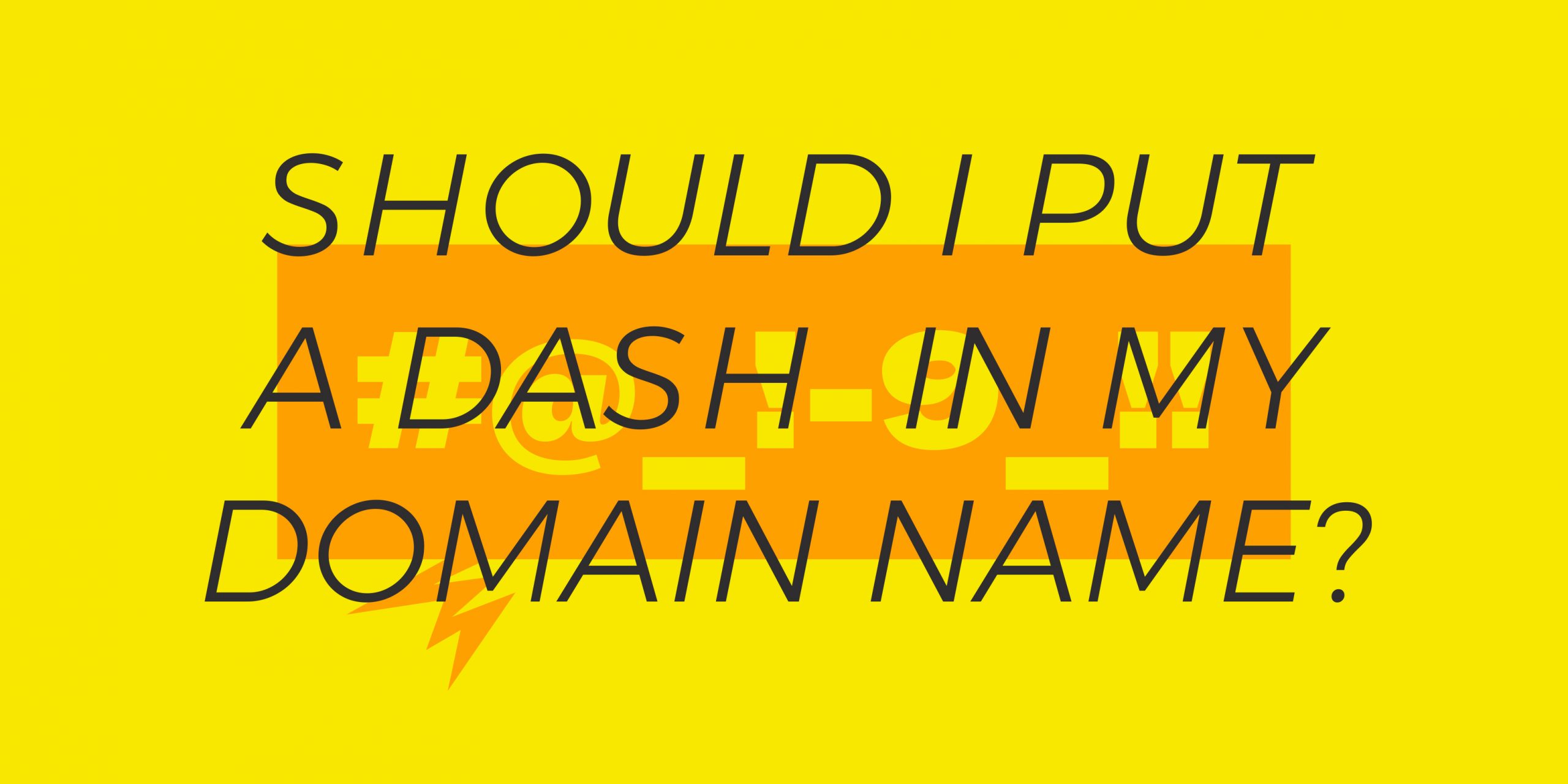After a resurgence in cybersquatting cases on more than 4,500 domains, .sucks is back in the spotlight.

Since its introduction in 2015, .sucks has been subject to a number of criticisms. Between freedom of speech and intellectual property rights, its legitimacy is still a cause of disagreement. Today, this TLD (top-level domain) is back in the spotlight following a surge of cybersquatting cases aiming to tarnish the brand image of more than 4,500 companies.
Increases in cybersquatting cases on .sucks
For several weeks, the .sucks TLD (top-level domain) has been at the center of a resurgence of new cybersquatting cases. The number of UDRP cases has grown significantly following the discovery of a number of redirections from .sucks domains to MediaWiki-formatted pages gathering negative reviews regarding companies targeted by cybersquatters.
These cybersquatting cases have had the effect, then, of tarnishing the brand image of the companies targeted. Several prestigious brands are currently among the victims, most notably in the luxury goods industry, pharmaceuticals, and energy, but also the entertainment industry. Without exception, then, all industries are potentially at risk, with the primary target being large businesses.
How do you prevent this type of cybersquatting?
The only way to prevent this type of cybersquatting is to register the .sucks domains corresponding to your brand. That way, ownership of the domain name is guaranteed to you and it remains beyond the reach of cybersquatters. Otherwise, your brands are potentially exposed.
Your brand image is the principal concern when it comes to cybersquatting. In case of a legitimate case of abusive registration, you have two potential defensive strategies:
- Request to purchase the domain name(s) from the cybersquatter, who will be free to set their own prices and to refuse the request. When it comes to a specific .sucks domain, a single person could be the cybersquatter, or at least that’s what the DNS would lead you to believe, similarly to all domain names. Since this essentially consists of a form of blackmail, we don’t suggest this option
- File a UDRP claim. The cybersquatter must then prove the legimitacy of their claim on the domain name, which could be open to debate. The average length of this process is 60 days and may cost several thousand dollars.
Whatever the result, cybersquatting can make increase the cost of an initial registration, and you run the risk of damaging your brand’s image, particularly in the case of .sucks.
Gandi Corporate Services’ recommendation
Since launching in 2015, and due to its controversial nature, our advice has always been to go for defensive .sucks registrations, the only way to guarantee that you maintain control over your intellectual property, and by extension, your brand image.
In the case of an abusive registration, our recommendation is to follow the UDRP. Even though getting ownership of the domain names in question is not guaranteed, this extra-judicial process ensures that your complaint is heard by a panel of international intellectual property rights specialists.
For now, you can also check whether your .sucks domain name is available here:
For more information about registering a .sucks domain, feel free to contact your account manager or contact us at corporatecontact@gandi.net.
Tagged in corporateSecurity


